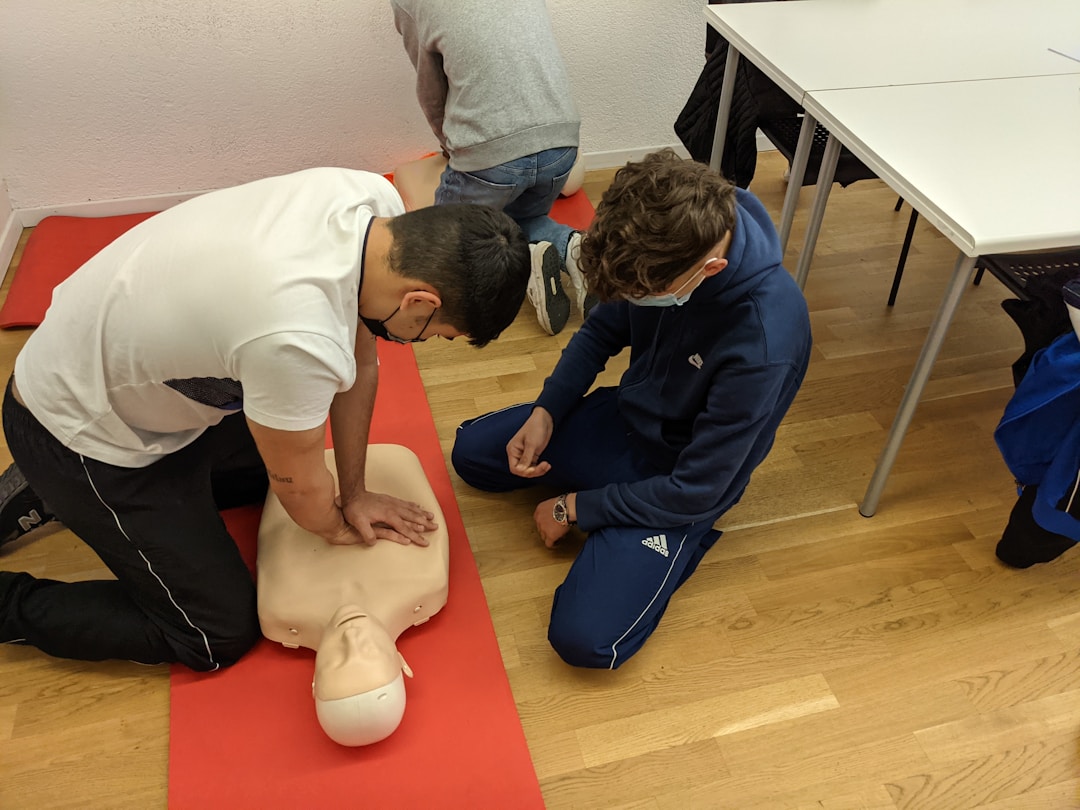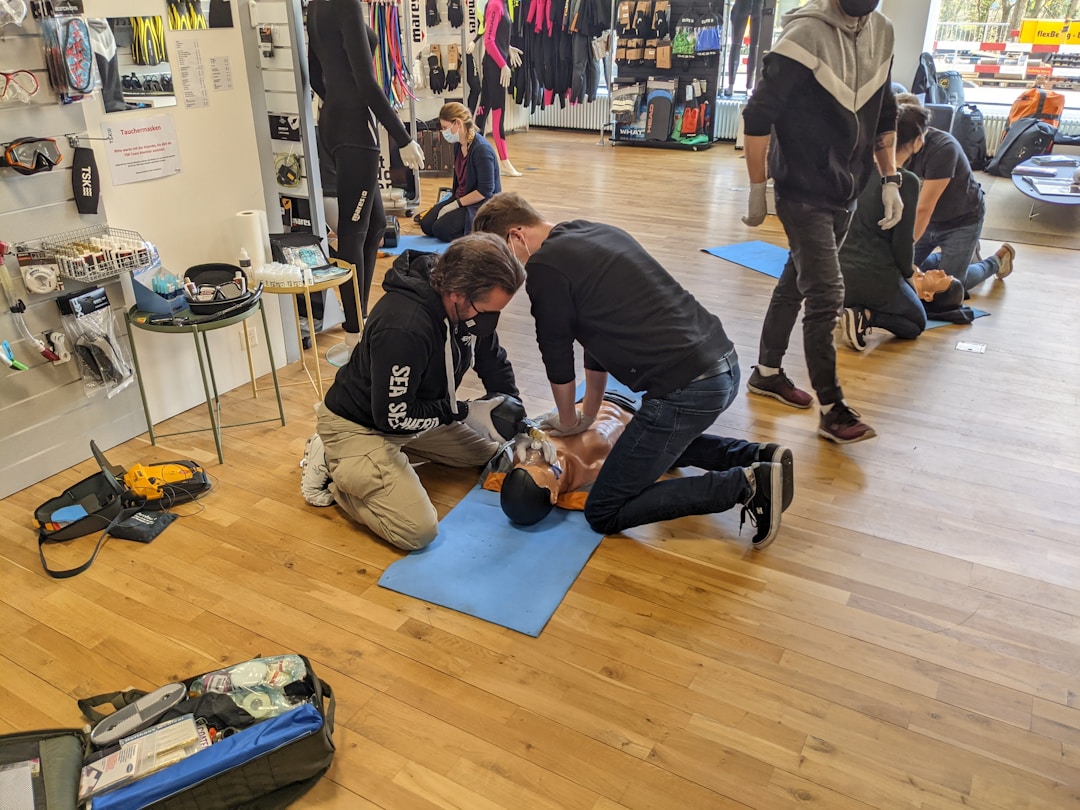Unlocking Life-Saving Skills: The Importance of Attending CPR Classes
When someone suffers a cardiac arrest, seconds count. The swift initiation of Cardiopulmonary Resuscitation (CPR) can double, if not triple, their chances of survival. This life-saving procedure is straightforward yet impactful and is not exclusive to healthcare professionals. The general public can also learn CPR to become pivotal figures in emergency response scenarios. In this article, we explore why attending CPR classes is a crucial step everyone should consider.
Choosing the Right CPR Class for You: What to Consider

When choosing a CPR class, it’s important to look beyond convenience and focus on quality. Make sure the course is accredited by a recognized organization so your certification is respected and valid. Consider whether you prefer hands-on, in-person training, the flexibility of online learning, or a blended option that offers both.
Think about your specific goals, whether you need pediatric CPR for childcare or advanced training for professional settings. Programs that offer a range of course types often provide better options tailored to your needs. For example, CPR classes in Austin, TX can meet a wide variety of training levels, so be sure to read reviews and research your options before enrolling.
Understanding CPR and Its Critical Role in Emergency Response
Cardiopulmonary Resuscitation (CPR) is an emergency procedure that uses chest compressions and artificial ventilation to maintain brain function in a person suffering cardiac arrest. It is not a cure, but a vital bridge that sustains life until professional medical treatment is available.
CPR is essential in a medical emergency, as it helps maintain oxygen-rich blood flow to vital organs, potentially saving lives. It is a cornerstone of emergency response, used in various environments, and its importance cannot be overstated. However, many individuals remain untrained in CPR due to misunderstandings about its complexity or when to use it. Education and training can demystify CPR, demonstrating that with the right knowledge and minimal training, anyone can execute this life-saving task.
The Comprehensive Scope of CPR Training Courses
CPR training courses are designed to equip individuals with the knowledge and skills needed for effective emergency response. They cover chest compressions, rescue breathing, and the use of Automated External Defibrillators (AEDs). These courses also focus on recognizing signs of cardiac arrest, conducting vital checks, and calling for professional medical assistance.
Trainers often simulate real-life scenarios to practice and perfect techniques. Legal considerations, such as Good Samaritan laws, are also important, offering protection to those who assist in distress. CPR training is not a one-size-fits-all approach, as classes can be tailored to specific age groups and environments, such as pediatric CPR for children or workplace readiness courses.
How CPR Certification Empowers You to Save Lives

A CPR certification signifies empowerment and readiness to act as a lifesaver in emergencies. It trains individuals to recognize cardiac emergencies and take decisive actions, fostering confidence and responsibility. Certified individuals become valuable assets to their communities, becoming potential first responders.
This role can significantly impact survival rates in areas like construction and education. CPR certification also has societal benefits, as employers value CPR-trained employees, enhancing workplace safety and contributing to a culture of health and safety. Renewal of certification, typically every two years, ensures individuals maintain their skills and stay updated on resuscitation techniques, ensuring a capable group of individuals ready to administer life-saving assistance.
Real-Life Scenarios: The Impact of Immediate CPR Action
Immediate CPR can be the lifeline in a sudden cardiac arrest, often saved by trained bystanders. These incidents highlight the importance of timely intervention and emergency preparedness. In public places, such as airports or malls, bystander CPR serves as the critical initial response, sustaining victims until professional responders arrive.
The chain of survival begins with immediate CPR, which not only saves lives but also reduces post-recovery complications from prolonged lack of oxygen to the brain and other organs. CPR keeps blood circulating, minimizing the risk of severe neurological damage and improving the survivor’s quality of life. The emotional and psychological impact of bystander intervention can be profoundly empowering for families and communities.
Overall, embracing CPR training is a powerful choice that arms you with the potential to make a life-saving difference. Whether you’re driven by personal responsibility, a desire to enhance public safety, or the need to meet job requirements, attending a CPR class is an investment in both your future and the well-being of others. By taking this critical step, you join a league of everyday heroes poised to respond when life calls for immediate action.





